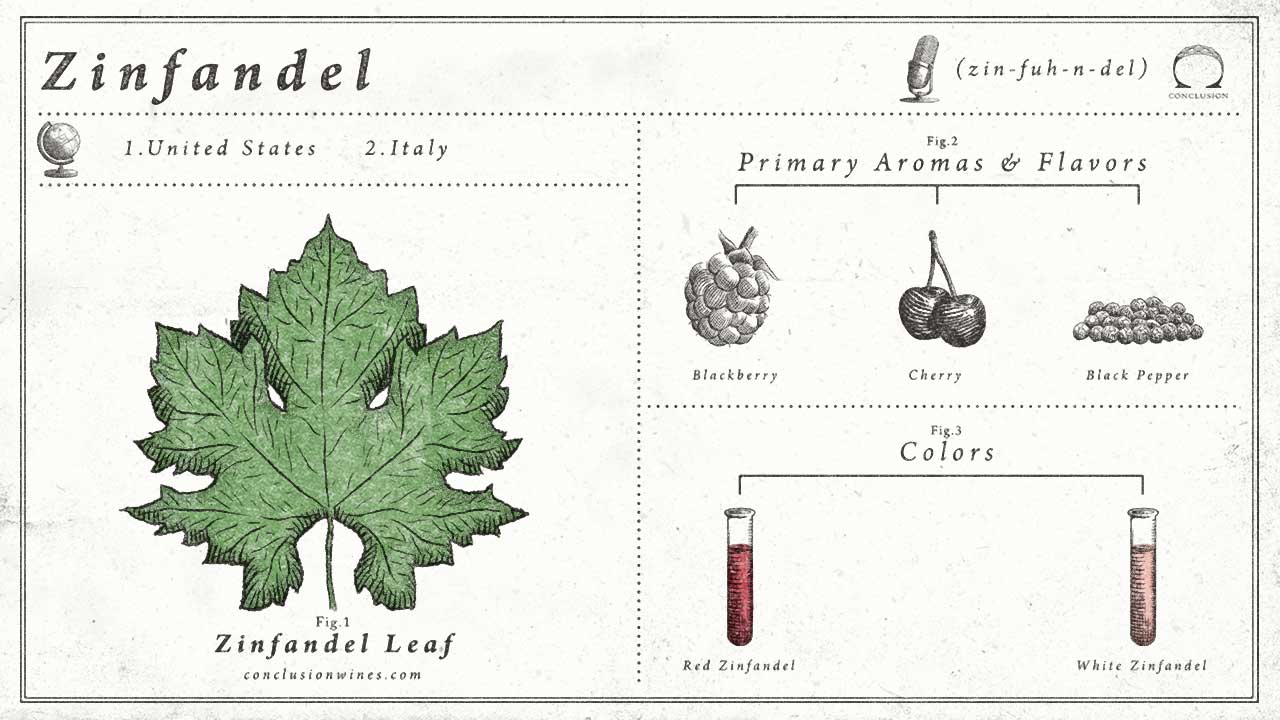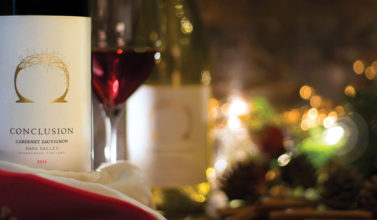
Zinfandel Quick Facts
Nicknames . . . “Zin”, “Red Zin” or “White Zin”
Other Names . . . Primitivo
Grape . . . Zinfandel. Note: There is no White Zinfandel grape. Both White and Red Zinfandel wines are made from the Zinfandel grape.
Where It’s Grown . . . United States and Italy
Color . . . Red Zinfandel is a lighter ruby red color while White Zinfandel is a rosey pink color.
Serving Temperature . . . Red Zin: Serve at room temperature around 60° F. Serve White Zin chilled.
Storage Temperature . . . Store between 50° – 55° F
Wine Glass . . . For Red Zin, a standard red wine glass. Here’s an example. For White Zin, a standard white wine glass. Here’s an example.
Best Used By . . . Drink within two years of the vintage date on the bottle.
Tastes to Expect . . . Zinfandel wines offer fruit flavors such as blackberry, cherry and boysenberry. You’ll also get some notes of cloves, anise and black pepper.
Pairing . . . Lighter meats such as turkey, pork and barbecued red meats like beef and lamb.
How to Pronounce Zinfandel
Zinfandel Fun Facts
In the 1970s, White Zinfandel found its beginning when it started as an accident. Winemaker Bob Trinchero was trying to make a dry white wine but ended up with a pink, sweet wine.
White Zinfandel accounts for eight out of every ten bottles of Zinfandel sold, making it much more popular than Red Zinfandel.
Although the grape originated when it was brought from Croatia to the United States in the 1820s, earliest record of the Zinfandel name comes from the early 1800s in Boston. The Zinfandel grape then made its way to the west coast of the United States in the California Gold Rush between 1852 and 1857. Source




Leave a Comments